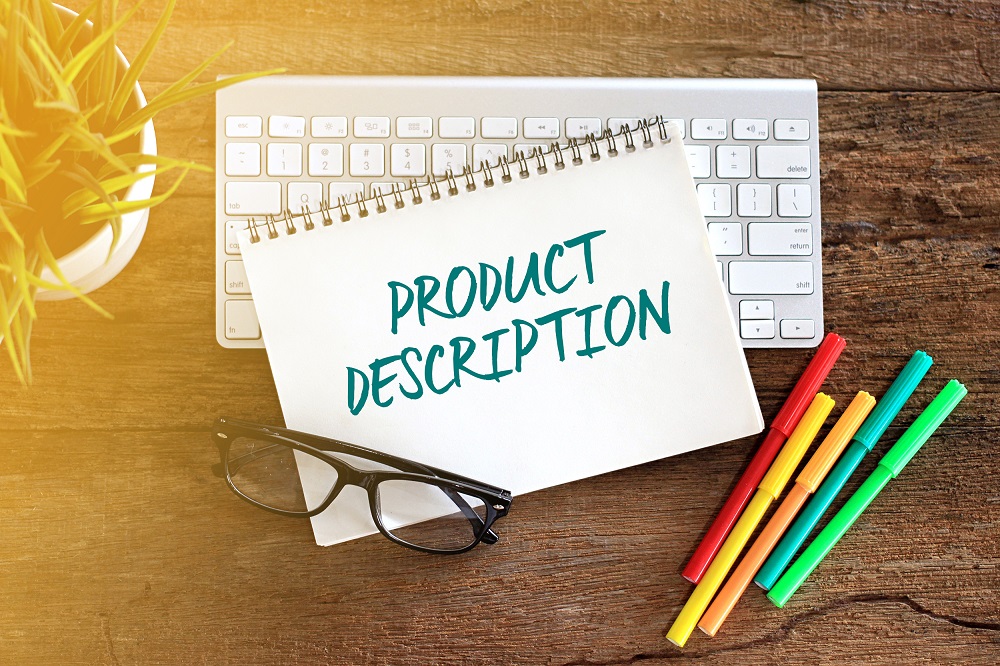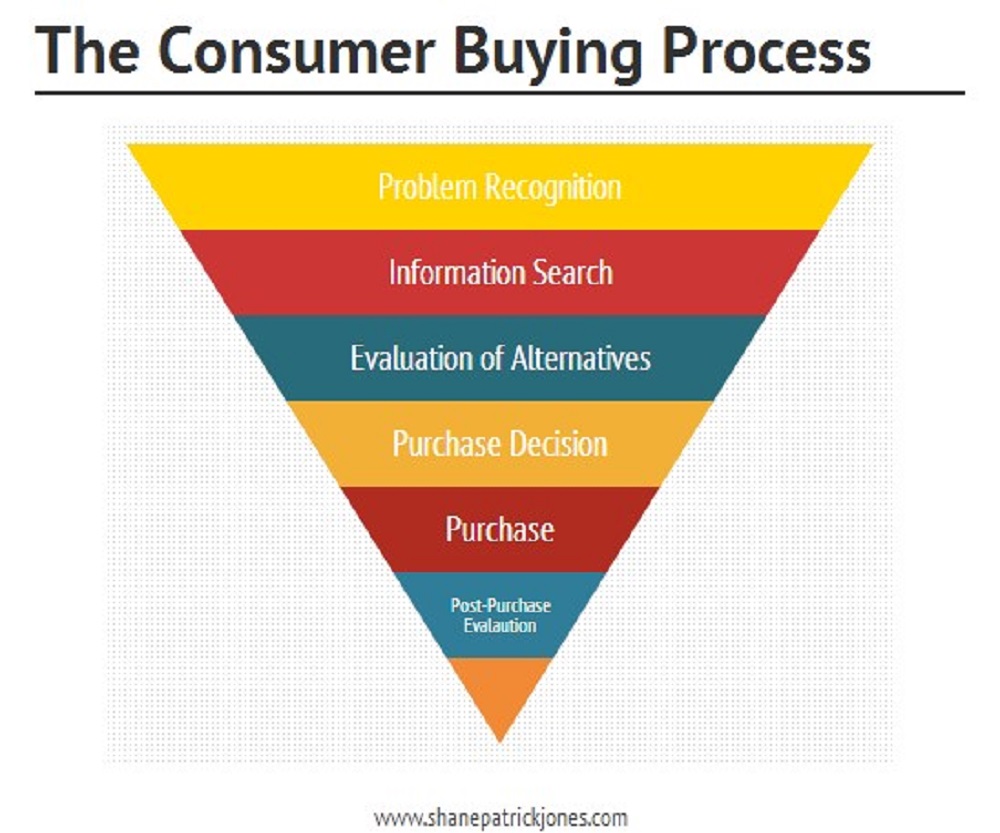

Quick Links
Quick Links

We all want to believe we’re special. That there’s no one else like us. While this may be true of you (you one-of-a-kind snowflake you), it’s not true of e-commerce. With millions of products out there on dozens of marketplaces, how can you stand out from the competition?
Optimizing your product listings helps shoppers find your store in the first place by appealing to search algorithms. Once visitors are on your page, you must optimize your listings to build a desire in them to buy. Then, your listing must instill enough confidence that customers trust you with their dollars.
The sea of sameness in e-commerce is why optimizing your product listings is critically important. On average, you have about 15 seconds to grab a shopper’s attention. And since that statistic is now a few years old, it’s probably even less than that.
This article shares six tips on how to optimize your product listings to do just that.
1. Original product descriptions help shoppers find you

Manufacturer’s product descriptions are duplicated on many sites across the web. But if you write original product descriptions that strategically integrate search keywords, you’ll have a better chance of ranking in the search engines. The new product descriptions can also help shape a voice for your brand that instills greater trust in your store.
Not sure where to start? Experiment with bullet points versus more narrative descriptions. Make sure the description answers the most common questions about the product. Try to overcome any hesitations or objections shoppers might be feeling. Instead of simply listing the product’s features, give real-world scenarios where those features will be helpful.
If you’re not a wordsmith, elicit the help of professional copywriters to write product descriptions. Once you have a few different options to choose from, split test the descriptions to see which one performs best (see Tip #6).
2. Photos tell the story of your product

Just like a manufacturer’s product descriptions, a manufacturer’s photo library is copied over and over across vendors. Product photography is too crucial to be left out of your optimization efforts. After all, photos are the closest online shoppers can come to experiencing a product before buying it. Your photos must convey not only the product’s physical aspects like color and material but also its emotional appeal.
Invest in original photography, or even learn to shoot product photos yourself. A professional photographer offered these tips for product photography if you’re going to DIY. If you must use manufacturer photos, make them unique with text overlays and graphics. Work with a designer to incorporate captions, arrows, and other visual treatments to point out important features and product attributes. Treat your product photos (original or not) as miniature ads that tell a story as shoppers swipe through them.
File size, naming conventions, and meta information such as alt tags help optimize your photos for search engine discovery, too. Learn these 10 image optimization tips and implement them on your listings.
3. Social proof and product guarantees help reduce buying risk

Online shoppers are skeptical by nature and need reassurance before they buy. Your store needs to look credible and safe, so consider adding trust indicators such as editorial reviews, product guarantees, and third-party awards, ratings, and certifications.
Social proof also makes shoppers feel less alone and more secure on your site. For example, you might show how many people have added an item to their cart or viewed that item in the past 24 hours. Other forms of social proof include testimonials and social media engagement (likes, shares, comments).
You can also reduce the risk of purchasing by displaying your return policy on product listings. This may help eliminate hesitation by assuring buyers they can get a refund if they’re not satisfied.
4. Honest reviews inspire confidence

Reviews from past purchasers are a helpful tool for shoppers. They speak not only to your product, but also to the customer service your team provides when answering questions, responding to concerns, and handling shipping and returns.
Glowing, rave reviews are excellent to have if they are genuine and come from actual buyers. But even less-than-stellar reviews help shoppers make buying decisions. Besides surfacing any product shortcomings, reviews provide your business with an opportunity to respond, which makes your store look attentive and credible.
To optimize your product reviews, make the review process as seamless as it can be. Get rid of any unnecessary form fields, such as a headline. Allow reviewers to give star ratings that don’t require written comments. The option to add photos and video lends even more credence to the product reviews, as do “verified purchaser” badges.
5. Purchase options put the power in buyer’s hands

As in Tips #3 and #4, trust is paramount in e-commerce. Another way to increase trust is to offer your product on various marketplaces and cross-promoting on these channels. Try adding a “Buy on Amazon” (or other channels) button or link to your listings. Marketplaces such as Amazon, Etsy, and eBay increase consumer confidence because buyers know they can turn to those support teams and have added protections if they run into issues with shipping or refunds.
Flexible payment plans are another purchase option that might help increase sales. For example, PayPal Credit and similar programs give customers the ability to pay for a product in installments. Adding financing is easy on both the buyer and the seller, as the credit company takes care of all the approvals and payment collections.
6. Split testing quantifies your optimization attempts

All optimization efforts are experiments. And just like a scientist in a lab, you’ll need a framework to quantify the results of your experiments as you seek to improve your listing performance.
Live split tests direct a portion of your web traffic to one version of your listing and another portion of your traffic to a different variation of that same listing. From there, you can compare engagement in key metrics like clicks, time on site, and purchases.
Live split tests have some limitations, however. To gather enough data to make informed decisions, you need to accrue quite a bit of traffic for testing. Oftentimes this means advertising on Amazon, Google, Facebook, or other channels, which can become expensive. Depending on your traffic levels, split testing may also take days, weeks, and sometimes longer.
One faster and less expensive alternative is to use a tool like PickFu. E-commerce sellers use PickFu polling to test product names, featured photography, descriptions, packaging and product designs, and UI layouts.
Split Testing, Optimization and Market Feedback Platform | PickFu
In just minutes, you can poll 50 to 500 people who not only vote on your ideas but also provide a written comment explaining their reasoning. You can even create a custom audience that resembles your customer base. For instance, you can poll people based on their gender, Amazon Prime membership, income, parental status, and many other demographic and behavioral traits. Best of all, you can poll products before you start selling them, or you can compare your listings to those of your competitors to see what resonates best.
Conclusion
To stay competitive, consistently optimizing your product listings is essential. Your listings must be discoverable for search engines, inspire confidence in you as a vendor, and present your product in a compelling way through words and pictures.
If your listings don’t accomplish all this, shoppers won’t hesitate to hit the Back button to browse and buy elsewhere.
As you optimize, track the effect of your efforts through live split tests and PickFu polling. By making the most of your descriptions, photos, social proof, reviews, and purchase options, you’ll be on your way to more customers, better seller reputation, and increased sales.

